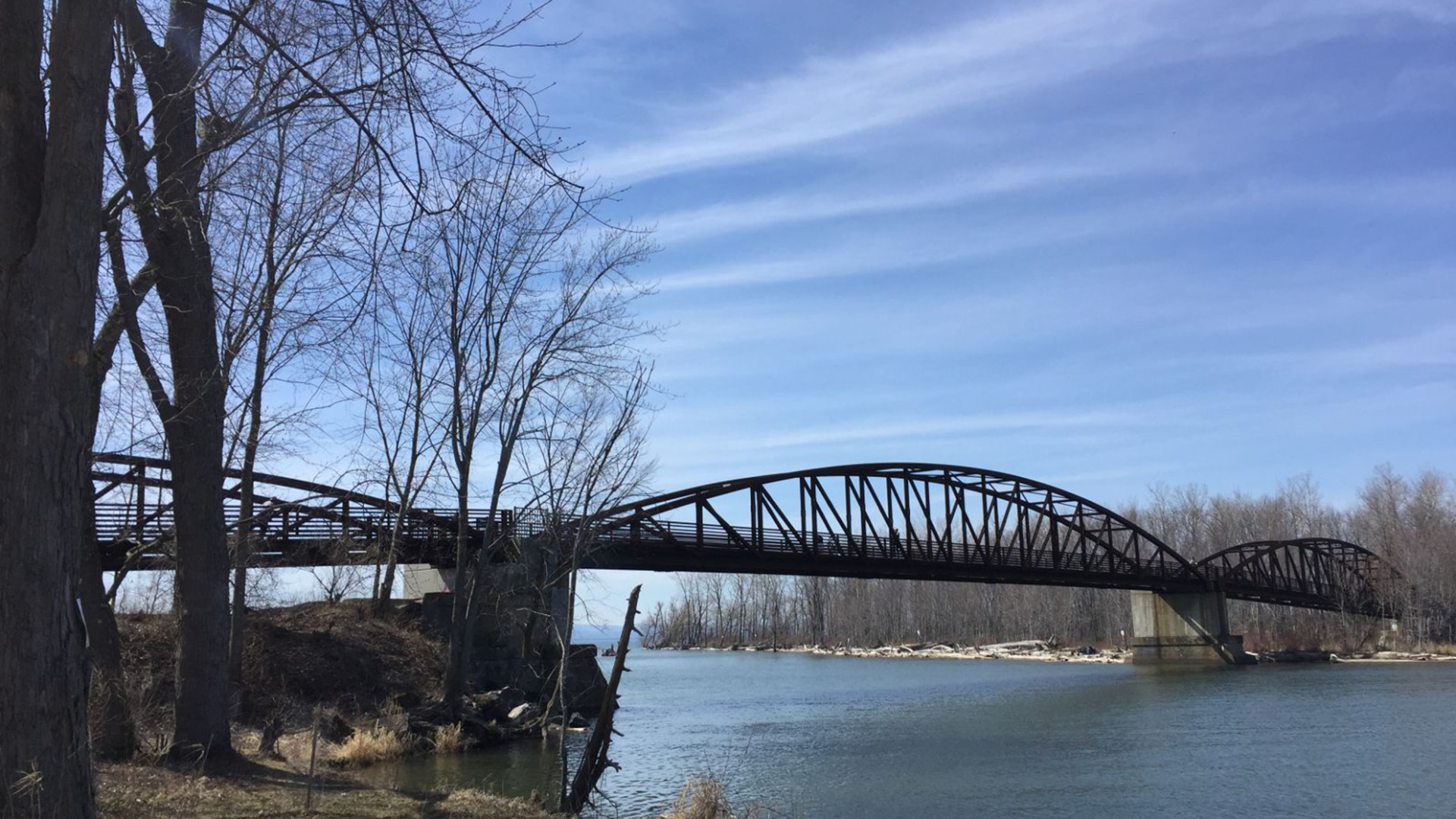“One day I will find the right words, and they will be simple.”
― Jack Kerouac
If I need a series of complicated crafts, 5 different books, 15 photocopies and 3 different classroom setups to teach the letter (or the sound- depending on your approach) ‘m’, something is very wrong!
Text by: Maria Davou
Arts and crafts are beautiful; they enrich our curriculum, they engage our learners, they are multisensory and they definitely help to teach/ learn better. Same goes for all kinds of ‘extras’ that we use in our classrooms.
Now, take heart and check your social media: you will see 17682 posts a day about intricate ways to surround language teaching with fancy, artsy, crafty, touchy, feely activities. It looks wonderful, doesn’t it? The key word is ‘looks’. Is it about the post, the image, the story, the likes, the audience? Or not? Do we do it with the learner in mind? Even if the answer is yes, do we do it with the learner’s language development in mind?
Don’t get me wrong: I love all this. Meshing up the senses is a great way to boost memory by creating…memories! But we need to choose when, for what purposes and well, at what cost.
I will give an example, going back to my personal history. My MA ended with a final oral exam. I had to study a lot and in-depth to be able to answer all the tricky questions my 3-member board would ask. I was well-prepared, I knew my Applied Linguistics, my SLA, my Phonology, my Methods, everything. The hardest question though came last: ‘how can you teach everything through anything?’ I remember experiencing a mini-panic attack; this was not in any book! So I took a deep breath and thought of a beautiful bridge in Burlington, Vermont. And I explained how by just looking at this bridge, by walking over it, by visualizing it, drawing it and understanding this very bridge, you could teach anything: language, physics, psychology, math, art, geography, history, literally anything.
Recently, one of my colleagues said, “it should be enough to have a pebble to teach. Take this pebble and create a lesson out of it!” And he was right. Through a pebble, I ca write poems, I can understand scientific laws, I can play games, I can create endless communication instances.
Going back to my initial point, do I need to spend all this money and time to use 8273582098 crafts to teach a letter? Or a pronoun? Or the plural of nouns? Although I feel the boredom and lack of engagement the teaching of a dry book can bring to our classrooms, why not enrich our lessons with fewer materials? Sounds like a paradox? Well, think about that: a pebble, a leaf, a string, a sound, our own thoughts, our bodies, the music we can make with them, our connections, our emotions, our shared moments, our experiences ARE/ can be our materials. The words we share, the messages we exchange, the poems we write, the songs we sing, the books we touch and the hands we clap are our materials.
Again, don’t get me wrong: yes, a big YES to arts and crafts and all the colorful beauty they bring in our classrooms. But here’s a suggestion: let’s try going materials-light. When it comes to language education, what matters is self-expression, having the words to be who we are. If this purpose is served through painting a self-portait for example, then great! But if I need 170 paintings for the letter ‘m’, then no, please no.
Remember the bridge.
